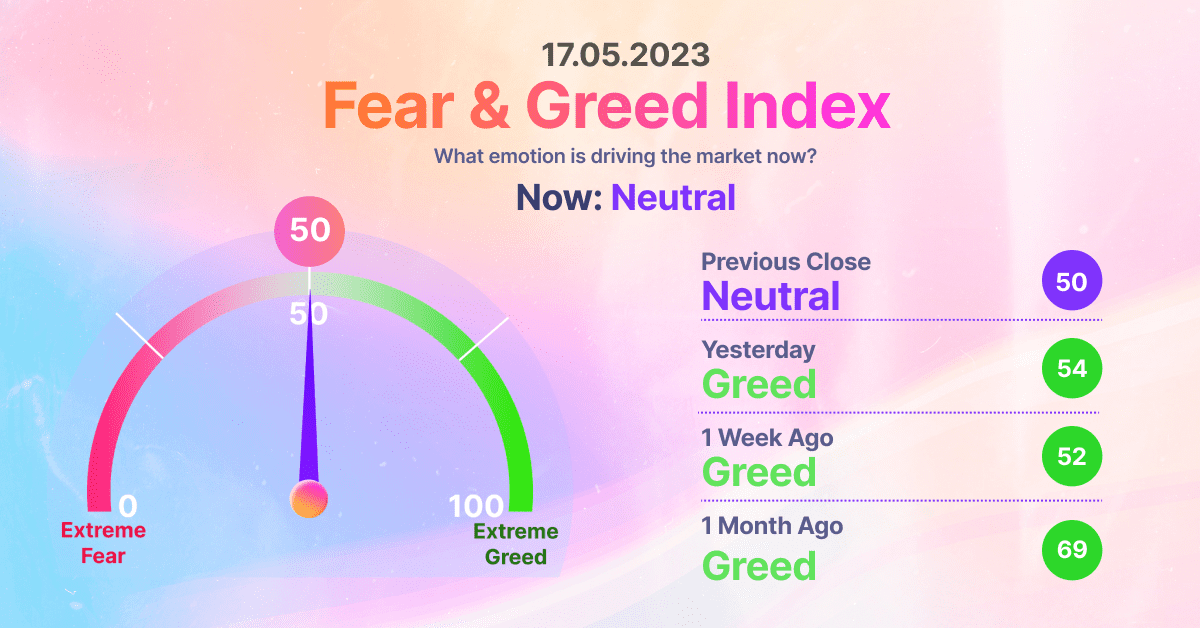The European Union adopted MiCA; Solana blockchain users increased; LTC price rises as Litecoin halving approaches.
The EU has approved MiCA, which provides legal regulations on crypto.
The European Council unanimously adopted the landmark Crypto Asset Markets (MiCA) regulation and new anti-money laundering measures for crypto transfers. These landmark new crypto rules were signed by the finance ministers of the European Union (EU) on Tuesday.
Representing the EU’s 27 member states, the Council unanimously approved the MiCA regulation, making the bloc the first major jurisdiction in the world with a crypto licensing regime. It also adopted new anti-money laundering measures regarding crypto fund transfers.
MiCA approved, what’s next?
After the ambassadors gave the green light to both the MiCA and tax measures last week, it was expected that an agreement on the laws would be reached soon.
MiCA requires crypto companies such as wallet providers and exchanges to seek a license to operate across the blockchain, and stablecoin issuers have appropriate reserves. While MiCA’s core features were considered political, it suffered some administrative delays. The key provisions will come into effect a little over a year after they are published in the bloc’s official gazette, which will likely happen in June or July.
Solana blockchain users increased
According to the news of The Block, the number of users on the Solana network has increased.
Rising transaction fees on the Bitcoin and Ethereum networks caused users to turn to Solana.
According to the data revealed, the daily moving average of new addresses reached 304,640 on Monday. This is the highest number to emerge since June 2022.
The fact that transaction fees on the Bitcoin and Ethereum networks have reached their highest level in the last three months seems to have been a major catalyst.
The rise of BRC-20 tokens paved the way for various troubles in the Bitcoin network. The number of active addresses sending funds on the network has hit its lowest level since July 2021.
The Block research analyst Rebecca Stevens pointed out that the increase in transaction fees in Ethereum is an important factor in the increase in Solana usage, but the recent network outages also have a significant share.
Similarly, there has been an increase in the number of users using Polygon, an Ethereum scaling solution.
The Ethereum blockchain stopped block completion for a while last week, and this incident brought criticism from the crypto community.
The collapse of cryptocurrency exchange FTX last November had a devastating effect on Solana’s native token, SOL. However, the asset was able to recover later on and managed to rise 109% from its November level.
LTC price rises as Litecoin halving approaches
On August 2, 2023, Litecoin will experience its third halving, at block 2,520,000. Changes in the network’s hash rate may require a new target date. The purpose of the halving on the Litecoin network is to slow down the inflation rate and reduce the total number of coins in circulation to ensure a more stable development of LTC.
Litecoin has halved twice since its inception in 2011. With the upcoming third halving, the Litecoin block mining reward will be reduced to 6.25 LTC. The original mining reward for Litecoin was 50 LTC.
The halving, which will slow down the rate at which LTC is produced, may provide an increase in LTC demand from traders and investors.
Address activity on the Litecoin network has increased significantly over the past few weeks. Along with the increase in LTC transactions, the number of wallets holding LTC also increased. Litecoin recorded volatile hours in the number of active addresses after announcing the LTC-20 token standard. Santiment reported that the number of 24-hour active addresses rose from 200,000 on May 2 to 900,000 at the end of the eighth day.

On May 2, the Litecoin community experienced a major milestone with the release of LTC-20, a customized version of the BRC-20 standard. This development enables individuals to mint NFTs as LTC-20 tokens on the Litecoin blockchain and leverage the Ordinals protocol.



